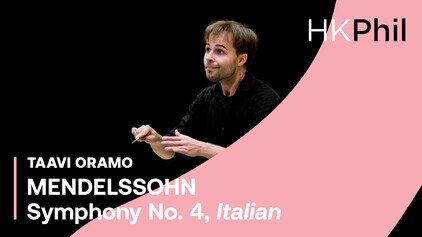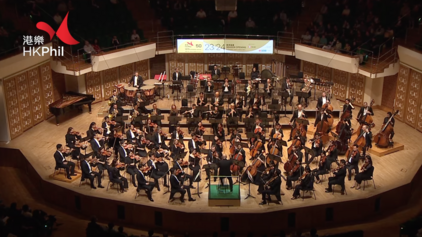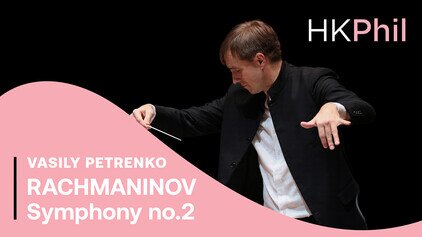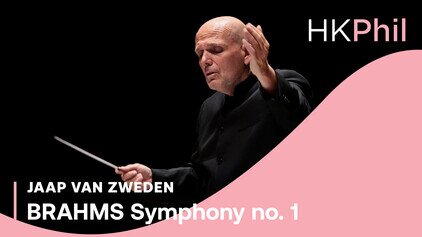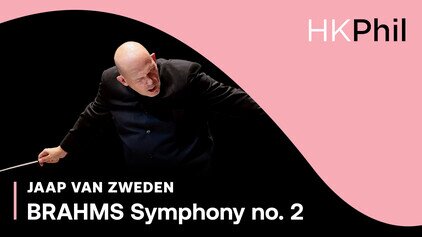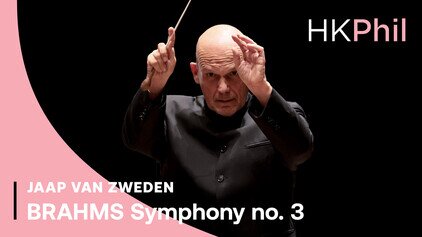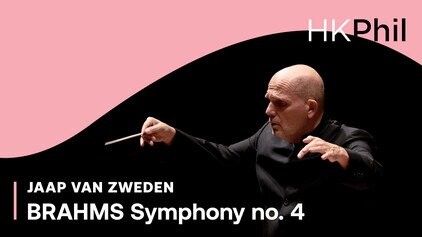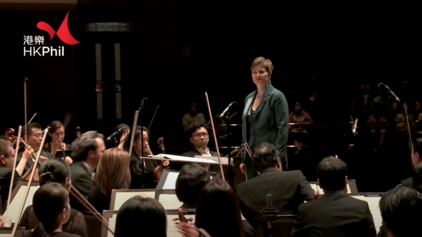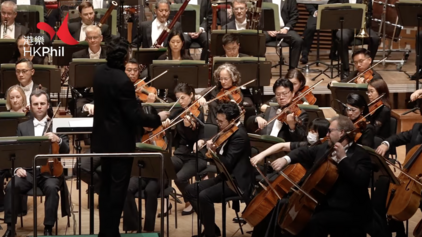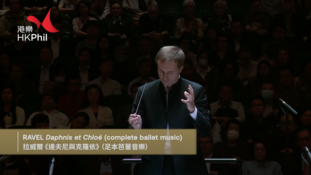BRAHMS | Symphony no. 1
PROGRAMME
JOHANNES BRAHMS (1833-1897)
Symphony no. 1 in C minor, op. 68
- Un poco sostenuto – Allegro — Meno Allegro
- Andante sostenuto
- Un poco allegretto e grazioso
- Adagio – Più andante – Allegro non troppo ma con brio
THE COMPOSER
Brahms was born on 7 May 1833 in a dilapidated room at no. 60 Speckstrasse in the Gängeviertel district of Hamburg. Yet his career could have taken a very different path had he followed his father’s advice and accepted the offer from a visiting American impresario who, having heard the 10-year-old boy play the piano, immediately wanted to sign him up and tout him around the US as a child prodigy. As it was, Brahms stayed in Hamburg, learnt the craft of composition, and slowly earned a reputation for himself as one of the 19th century’s greatest composers.
THE BACKGROUND
It took Brahms over 20 years to produce his First Symphony. He had actually started several symphonies before completing the First, but these had either been abandoned or ended up in other guises – a piano concerto, a serenade and various works for piano duet and chamber ensemble. Schumann had been one of the first to recognise Brahms’ potential as a symphonist, describing some of the early piano music as “symphonies in disguise”, but Brahms had never really been comfortable composing away from the piano, whether for chamber ensemble or orchestra. On top of that, he was haunted by the ghosts of his predecessors: “After Haydn”, he once wrote, “writing a symphony is no longer a joke, but a matter of life and death.”
The First Symphony was begun in 1855, the first three movements were completed by 1866, and just days before the premiere (in Karlsruhe under Otto Dessoff) in November 1876 he was still working on the final movement. But it did not finish there. While the premiere was a huge success, subsequent performances in cities as far afield as Vienna, Breslau, Cambridge and London, convinced Brahms that there were still changes to be made, especially in the slow movement.
THE MUSIC
The first movement opens in a mood of grim tragedy with a slow introduction over an ominous beating drum. The speed increases, the mood of tragedy passes, but the movement retains a sense of weightiness and pomposity. The second movement begins with a lyrical, if again rather weighty, theme from the strings before the oboe leads off with a plaintive melody. A touching duet between violin and horn brings the movement to a peaceful close and heralds the start of the light, gentle and deeply happy third movement which, at less than five minutes’ duration, is the shortest of the symphony’s movements. With the opening of the fourth movement the mood changes back to the dark and tragic atmosphere of the work’s opening. Then, a glorious horn melody, like a ray of sunshine blazing through dark clouds, heralds the movement’s main theme, a chorale-like melody closely related to the famous theme from the last movement of Beethoven’s Ninth Symphony. The work ends on a note of unequivocal triumph.
Programme notes by Dr Marc Rochester
Artist
SUPPORT THE HK PHIL'S ONLINE PROGRAMMES
The Ambassador Fund allows the orchestra to produce various online programmes, keeping our connection with the communities. The HK Phil has released over 80 online programmes and garnered over 1.5 million views since the pandemic. Your donation supports production costs incurred and helps us share music!
Symphonies
Other videos in this series








